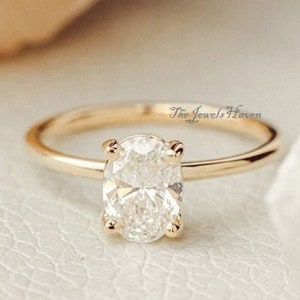
In recent years, the diamond industry has experienced a transformative shift with the introduction of lab-grown diamonds, particularly those created through Chemical Vapor Deposition (CVD). As consumers become more conscious of the environmental and ethical implications of their purchases, CVD lab grown diamonds cvd have emerged as a popular alternative to traditional mined diamonds. This article explores the process of CVD diamond creation, their benefits, and their growing presence in the jewelry market.
What Are Lab-Grown Diamonds?
Lab-grown diamonds, also known as synthetic or cultured diamonds, are real diamonds that are produced in a controlled laboratory environment. They possess the same physical, chemical, and optical properties as natural diamonds. The main difference lies in their origin; while natural diamonds are formed over billions of years under extreme heat and pressure within the Earth, lab-grown diamonds are created in a matter of weeks.
Benefits of CVD Lab-Grown Diamonds
1. Ethical and Sustainable
One of the main advantages of CVD lab-grown diamonds is their ethical sourcing. Traditional diamond mining has often been linked to human rights abuses, environmental destruction, and conflicts, particularly in regions known as “blood diamonds.” Lab-grown diamonds, on the other hand, are produced in a controlled environment, free from these ethical concerns.
2. Environmental Impact
CVD diamonds are significantly more sustainable than mined diamonds. Mining for natural diamonds can result in habitat destruction, soil erosion, and pollution. In contrast, the CVD process has a lower environmental footprint, requiring fewer natural resources and resulting in minimal waste.
3. Cost-Effectiveness
CVD lab-grown diamonds are typically 20% to 40% less expensive than their natural counterparts. This price difference allows consumers to purchase larger or higher-quality diamonds for the same budget, making them an attractive option for engagement rings, earrings, and other jewelry.
4. Customization and Variety
The CVD process allows for a wide range of customization. Consumers can choose specific characteristics such as color, size, and clarity. This level of personalization enhances the purchasing experience, allowing buyers to select a diamond that perfectly matches their preferences.
5. Quality and Purity
CVD lab-grown diamonds are often of higher quality than natural diamonds. Because they are created in a controlled environment, they can be produced with fewer impurities and inclusions. As a result, many CVD diamonds exhibit exceptional clarity and brilliance.
The Growing Market for CVD Lab-Grown Diamonds
As awareness of CVD lab-grown diamonds increases, so does their popularity in the jewelry market. Major retailers and independent jewelers alike are incorporating lab-grown diamonds into their collections, catering to a growing consumer base that values sustainability and ethical considerations.
According to recent market research, the lab-grown diamond market is expected to grow significantly over the next decade. As technology continues to advance, the quality and availability of lab-grown diamonds will likely improve, further solidifying their position in the diamond industry.
Conclusion
CVD lab-grown diamonds represent a modern and responsible choice for consumers seeking a beautiful and ethically-sourced diamond. With their sustainable production methods, cost-effectiveness, and high quality, lab-grown diamonds are reshaping the landscape of the jewelry industry. As more people become aware of the benefits of lab diamonds, the future of diamond purchasing may very well lie in the laboratory, paving the way for a more ethical and sustainable approach to this timeless symbol of love and commitment.



